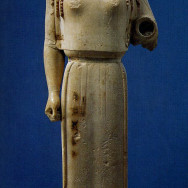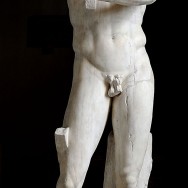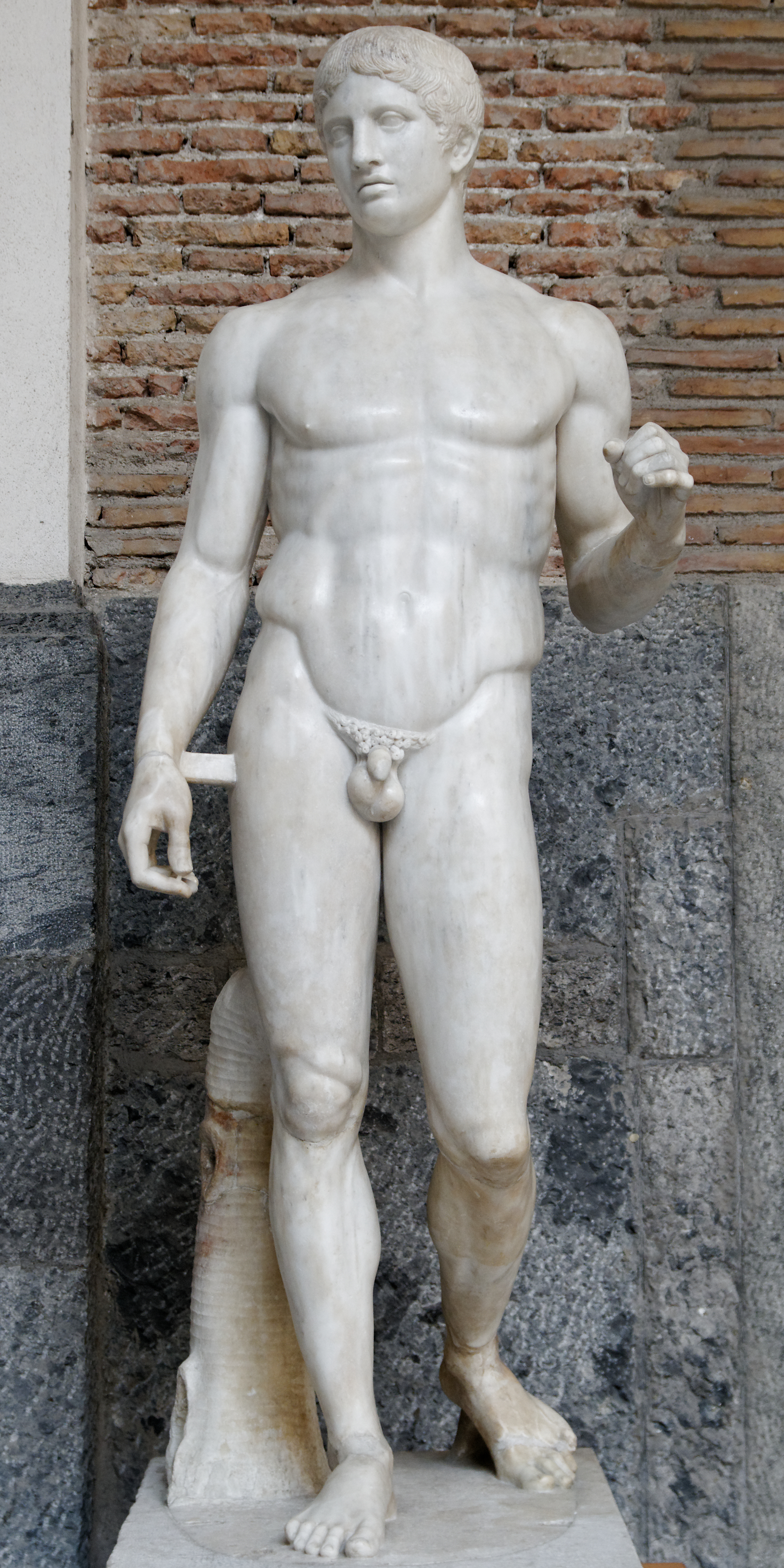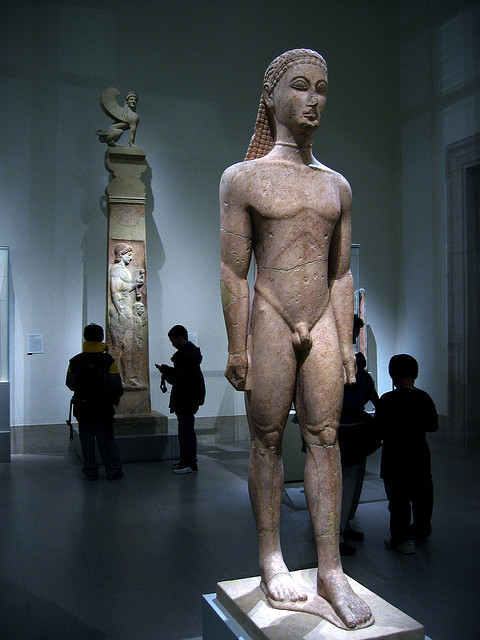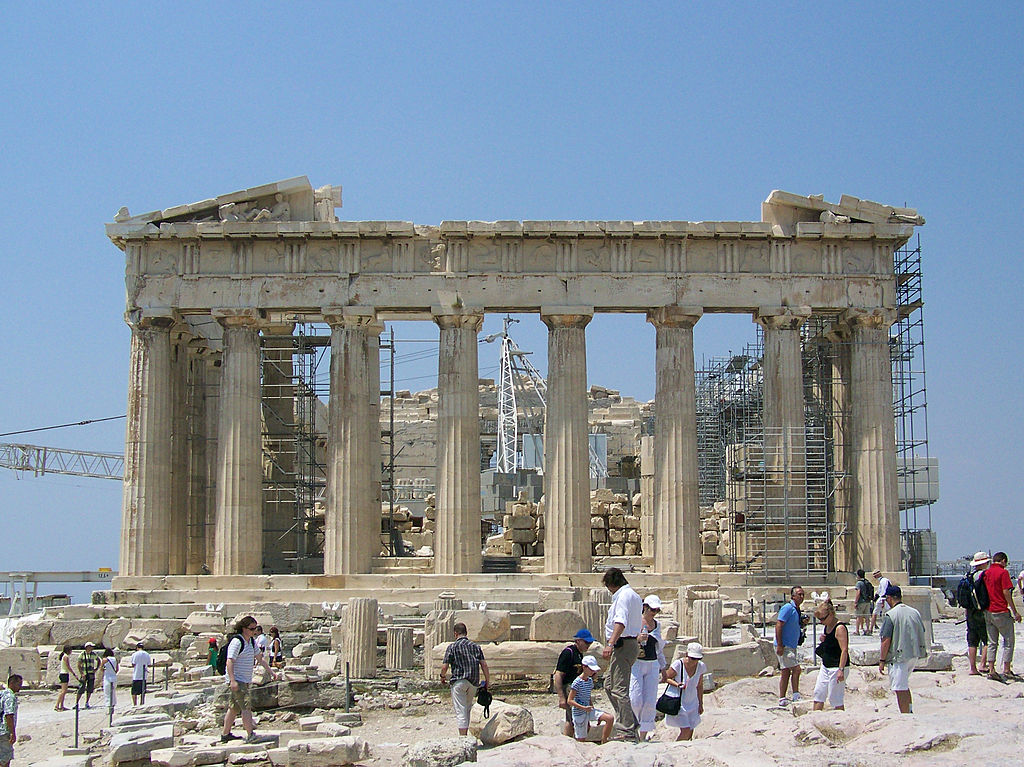The Aeolic order is a style of ancient Greek architecture thought to be the prototype of the Ionic order. The Aeolic style, which appears in the 6th century BCE, probably originated with the Phoenicians because there are similarities between the Aeolic column capitals and … Continue reading
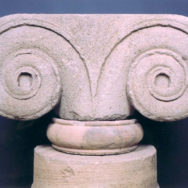 Aeolic capital, Archaeological Museum of Mytilene in Mytilene, Lesvos, Greece
Aeolic capital, Archaeological Museum of Mytilene in Mytilene, Lesvos, Greece

